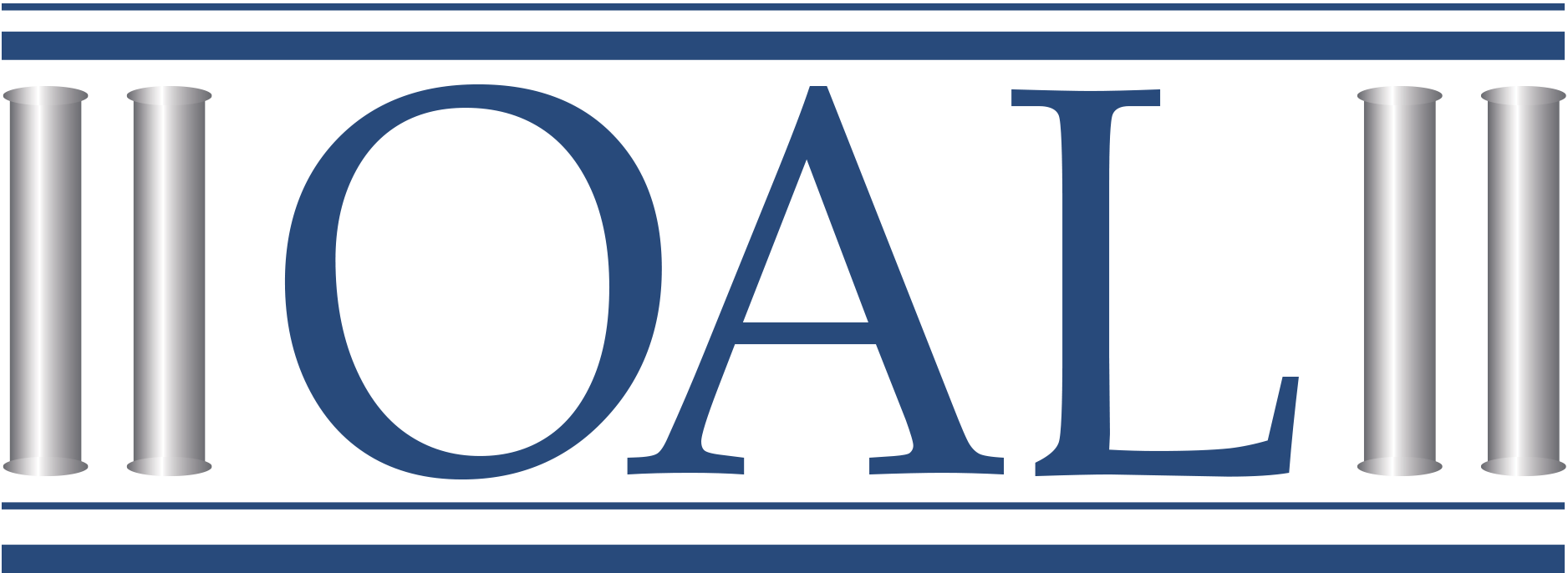Ok, so it's still just more conjecture. Some posts gave me the impression that the DOJ offered further clarification after the regs came out.
IMHO the regs state pretty clearly that both (a) AND (b) must be followed otherwise they would have used 'either' instead of 'both' and had used 'or' instead of 'and' at the end of (a).
However, its nearly impossible to follow (a) then (b); good luck riveting your magblock once you've already epoxied the floor plate shut. And this is where the confusion lies; the regs' grammar dictate both methods but procedurally they are mutually exclusive. Had they put (b) in front of (a) then it would be much, much less ambiguous; but that would have required logic and forethought.
IMHO the regs state pretty clearly that both (a) AND (b) must be followed otherwise they would have used 'either' instead of 'both' and had used 'or' instead of 'and' at the end of (a).
However, its nearly impossible to follow (a) then (b); good luck riveting your magblock once you've already epoxied the floor plate shut. And this is where the confusion lies; the regs' grammar dictate both methods but procedurally they are mutually exclusive. Had they put (b) in front of (a) then it would be much, much less ambiguous; but that would have required logic and forethought.









Comment